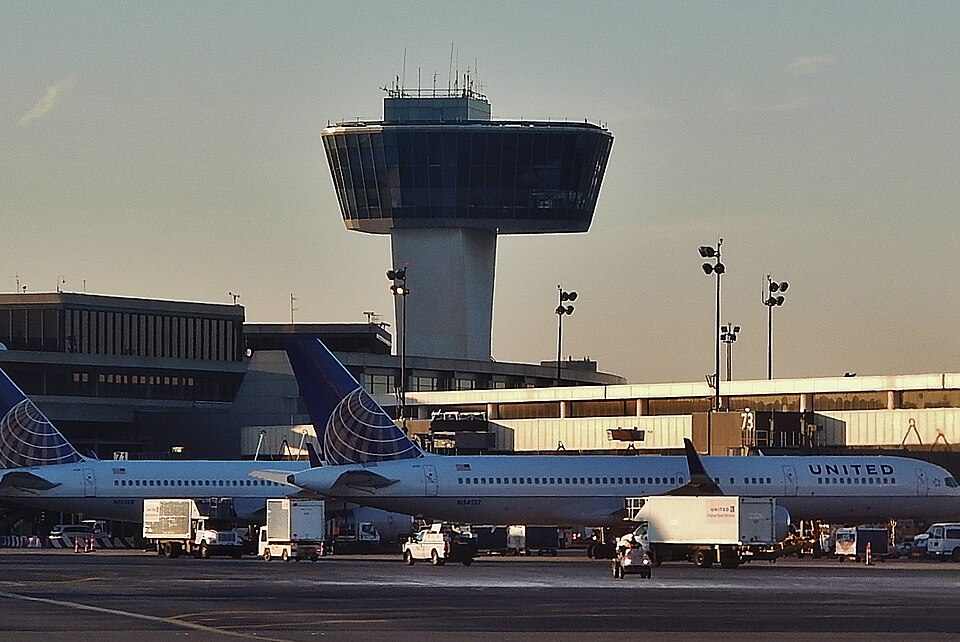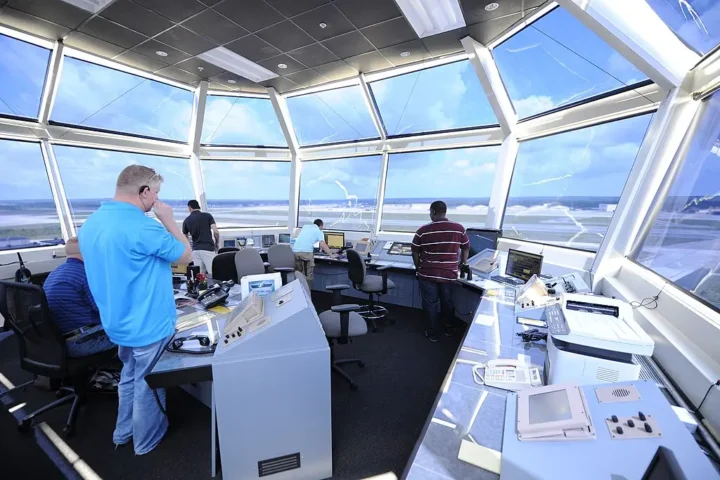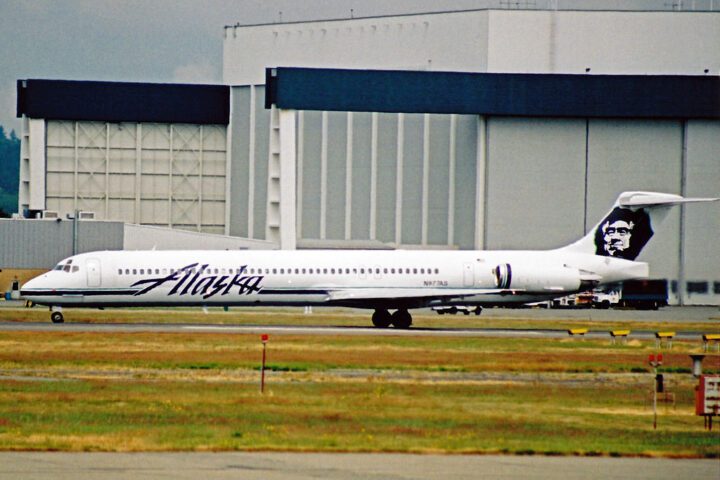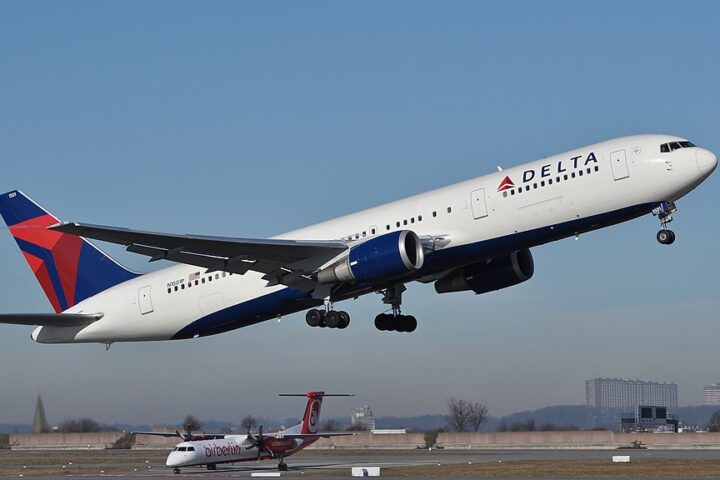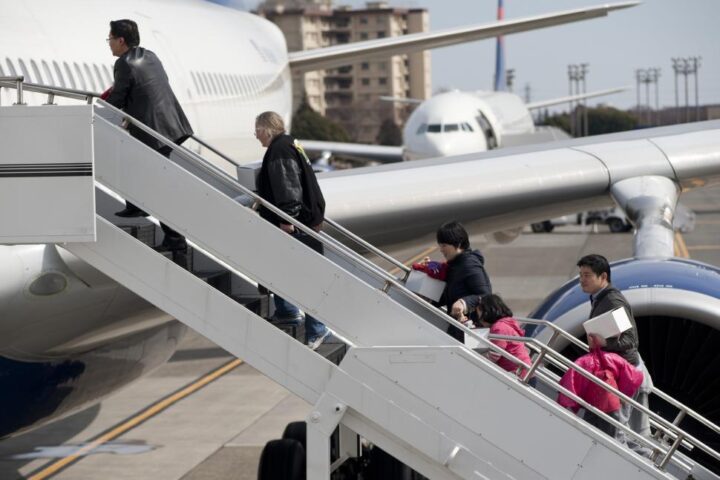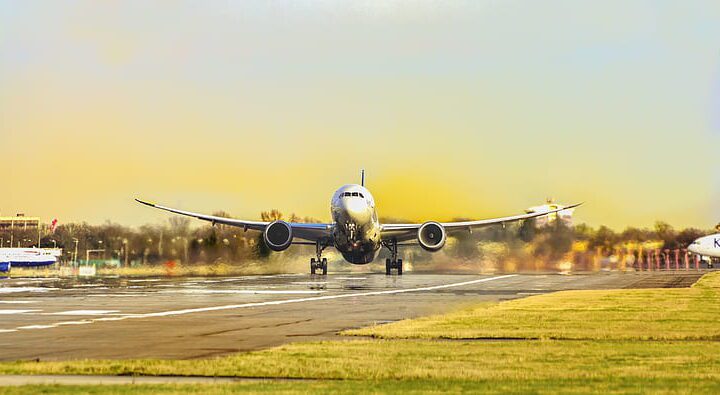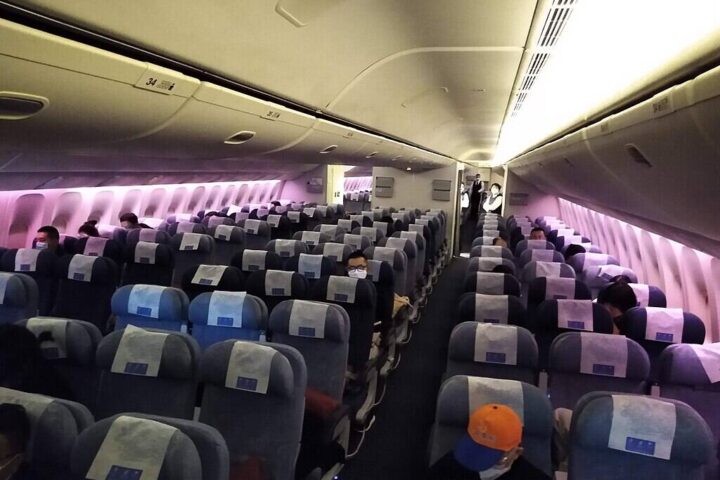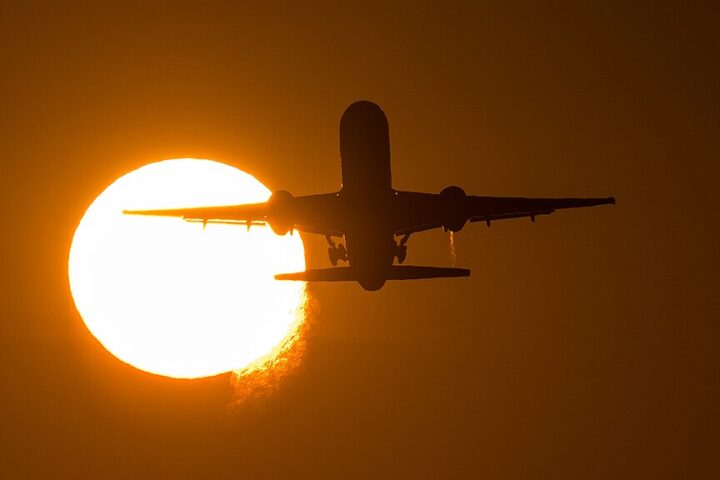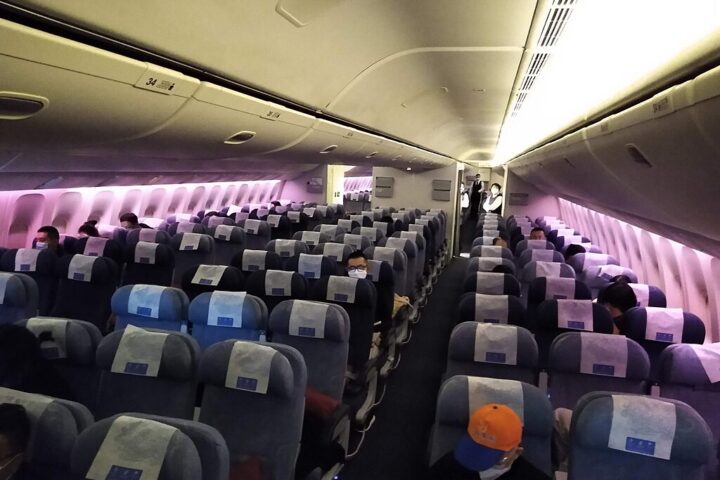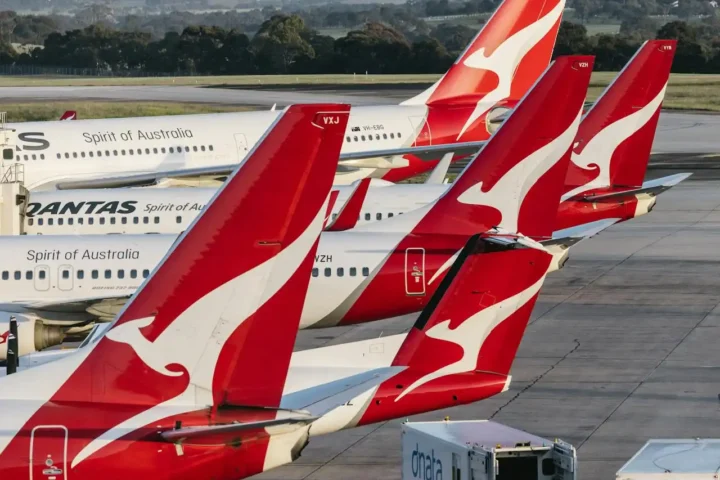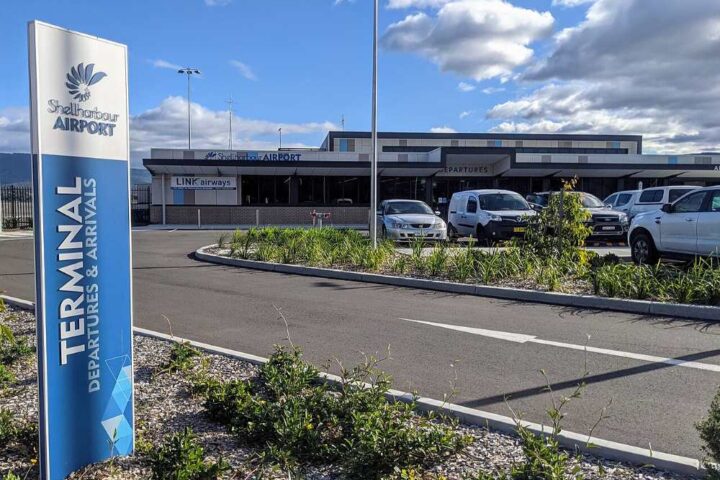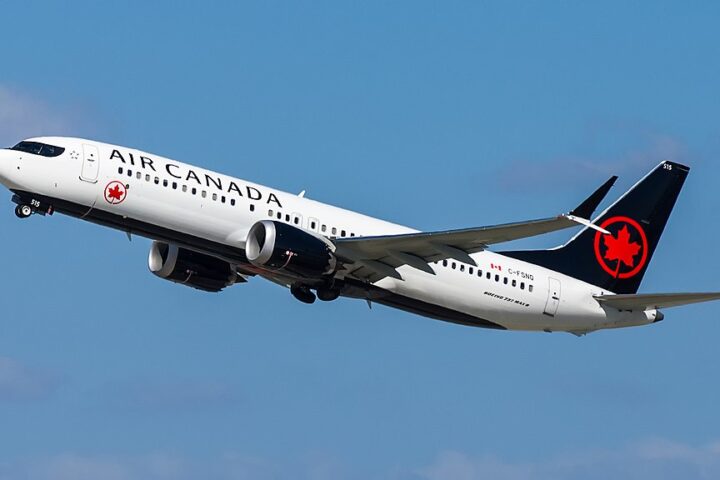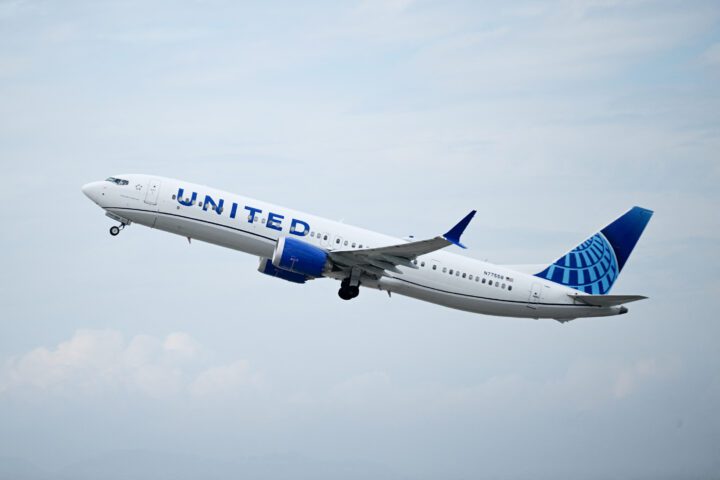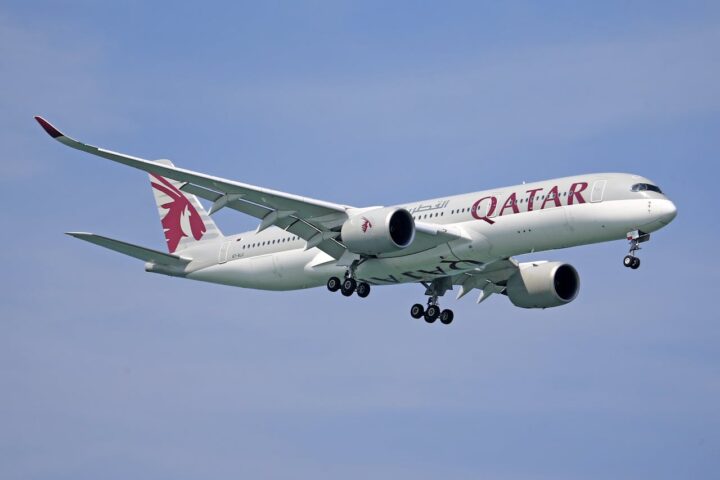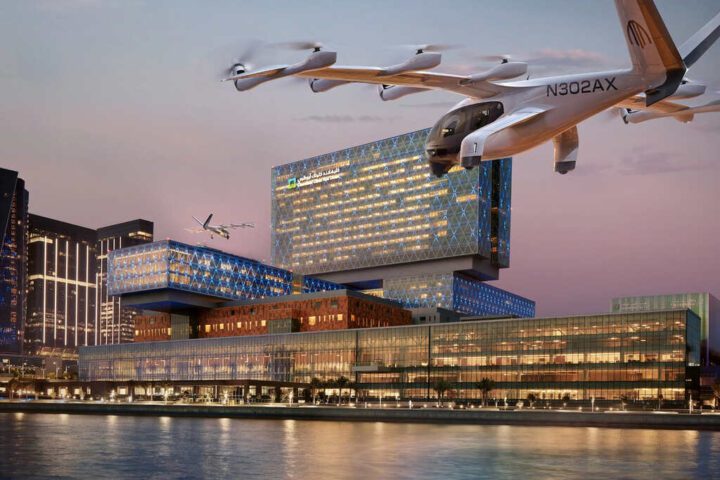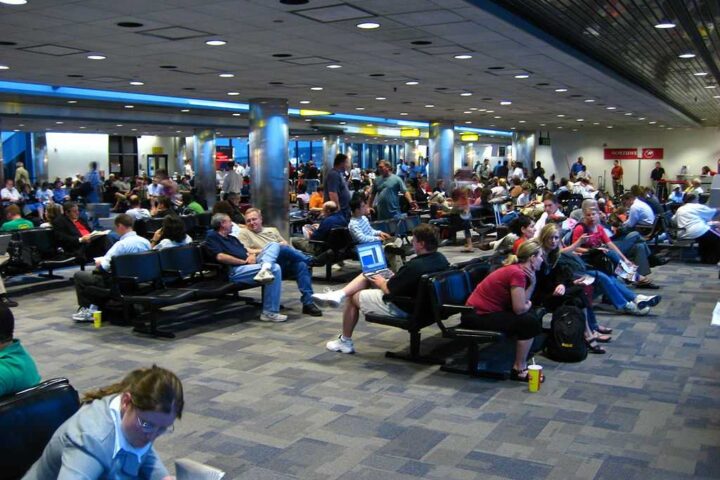Air traffic controllers at Philadelphia TRACON Area C faced a pilot’s worst fear on April 28. For 90 crucial seconds, radar screens went completely black, radios fell silent, and around 15-20 aircraft approaching Newark Liberty International Airport were suddenly flying without guidance. Then it happened again on May 9—another 90-second communications blackout at 3:55 a.m. ET. This wasn’t a random glitch but a symptom of a national crisis in our air traffic control system.
“We temporarily lost radar and communications with the aircraft under our control, unable to see, hear, or talk to them,” confirmed the National Air Traffic Controllers Association in their official statement. One controller was caught on the live ATC feed telling a FedEx pilot, “Our scopes just went black again.”
The stress from these repeated failures prompted five FAA employees—a supervisor, three controllers, and one trainee—to take 45-day trauma leave under the Federal Employees’ Compensation Act. The Philadelphia facility that handles Newark traffic was already critically understaffed. With these controllers out, Newark has endured delays stretching to four hours and numerous flight cancellations.
The blackouts stem from aging telecom infrastructure connecting radar feeds from New York TRACON to Philadelphia, where Newark’s approach control was relocated last summer. Michael Donahue, a recently retired controller, revealed they lost radio contact with pilots “almost a weekly basis,” causing controllers to come out of the facility “screaming, ‘We’ve lost the frequencies!'” He described it as “everybody’s worst nightmare.”
These outages aren’t isolated incidents. The FAA faces a nationwide shortage of approximately 3,500 controllers. Despite hiring 1,811 controllers in FY 2024, staffing remains critically low. Many facilities are operating with just 70% of needed certified personnel, forcing 10-hour days and mandatory six-day workweeks.
Meanwhile, the technology controlling America’s skies has fallen decades behind. The Government Accountability Office reported that 51 of 138 FAA systems providing critical services like communications are “unsustainable and need to be modernized.” Some facilities still use Windows 95 systems and floppy disks. The Newark approach radar has been described as operating on a “remote extension cord-like line”—a fragile single data feed connecting two facilities.
Similar Posts:
Transportation Secretary Sean Duffy unveiled a bold modernization plan on May 8 to address these critical vulnerabilities:
- Replacing antiquated telecommunications with fiber, wireless, and satellite at 4,600+ sites
- Installing 25,000 new radios and 475 new voice switches
- Replacing 618 outdated radars that are past their lifecycle
- Building six new air traffic control centers—the first such construction since the 1960s
- Increasing controller retention by raising the retirement age from 56 to 61 and offering 20% upfront bonuses
While the House has proposed a $12.5 billion down payment, full funding remains pending. The ambitious timeline aims to complete modernization within 3-4 years, but experts caution the controller shortage can’t be solved quickly. The FAA’s training pipeline requires 5-7 years to develop fully certified controllers, with almost half of trainees washing out before certification.
On May 11, the FAA implemented a 45-minute ground stop at Newark to verify redundancy systems, further disrupting travel plans. United Airlines has already cut 35 daily round-trip flights from Newark to reduce pressure on the strained system.
For travelers, these technical failures mean real-world disruptions. Since mid-April, Newark has experienced high cancellation rates and increasing delays throughout the day, often stretching well beyond an hour.
If you’re flying through Newark or any major airport in the coming months, prepare for potential disruptions:
- Monitor real-time FAA updates at fly.faa.gov
- Subscribe to airline text/email alerts for your flight
- Know your rights: The DOT’s Airline Cancellation and Delay Dashboard tracks how airlines handle disruptions
- Consider travel insurance that specifically covers ATC-related delays
Even with funding secured, rebuilding our air traffic control system means navigating complex technical and human challenges. Modern infrastructure must be paired with a skilled workforce. The aviation system can only be as reliable as the controllers behind the screens.
The technical failures at Newark exposed how thin the margin has become between normal operations and system-wide breakdown. As Secretary Duffy put it, our “system is built for the past” while we need one “built for the future.”

For sustainable operations, the industry must not only replace aging hardware but also commit to controller wellness programs and create more predictable career paths. This crisis should serve as a wake-up call: the invisible infrastructure keeping our skies safe requires the same attention as the aircraft and airports we can see.
The next time you look up at planes crisscrossing overhead, remember they’re being guided by controllers who sometimes can’t see what they’re directing. Their ability to adapt when systems fail has prevented these blackouts from becoming something much worse.
